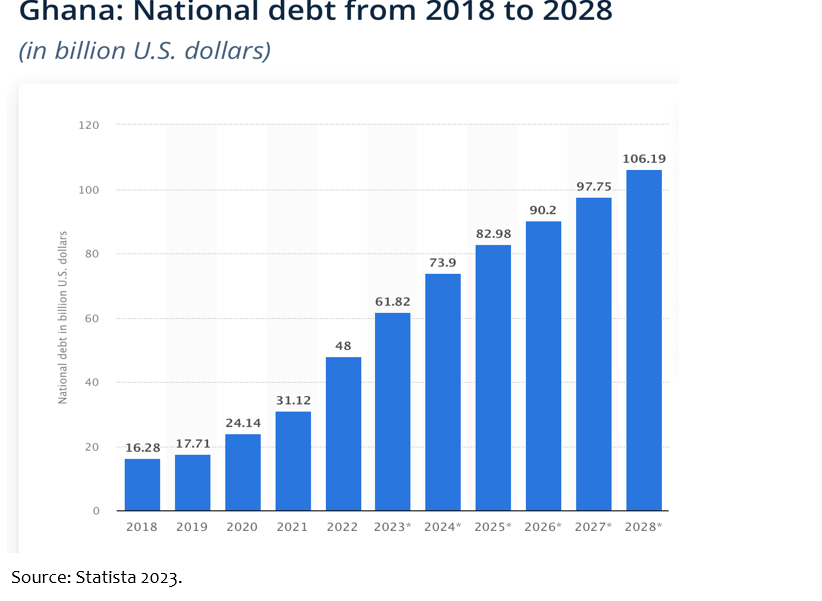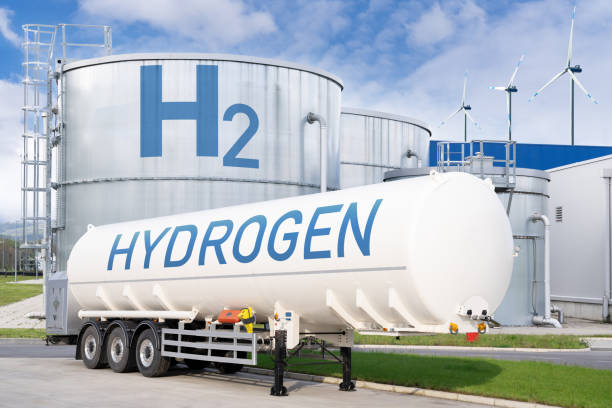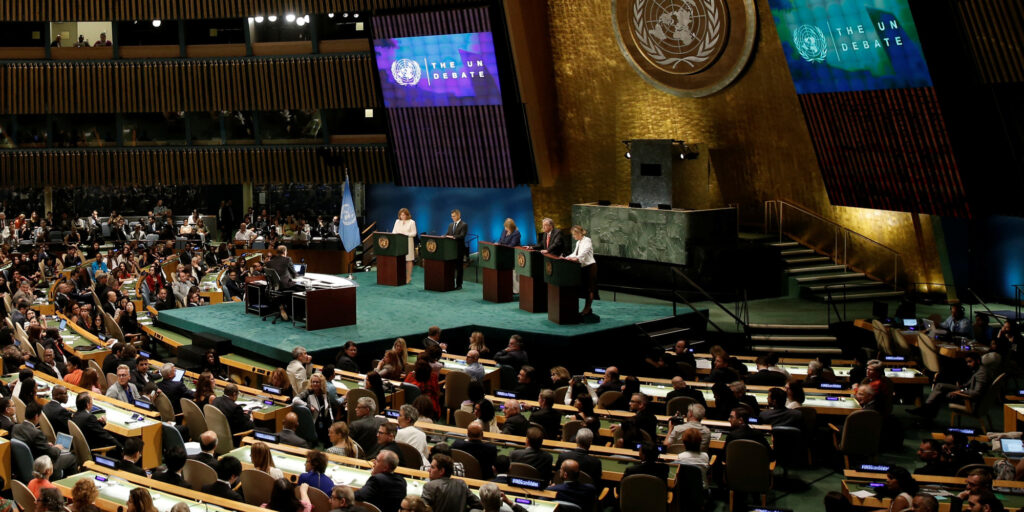Ghana’s recent announcement to shift its net-zero emissions target from 2070 to 2060 reflects a significant step towards combating climate change while fostering economic growth. The Energy Transition Plan, unveiled by President Nana Akufo-Addo, outlines a credible pathway for achieving this goal, focusing on key economic sectors.
Current Energy Landscape
Ghana boasts an impressive 86% electricity access rate, with approximately 12% of its energy mix derived from renewable sources, one of the best in West Africa. However, the nation grapples with high debt levels, especially within the energy sector, which could challenge the ambitious transition plan.
Investment and Funding
The energy transition plan outlines an ambitious $550 billion budget, signalling a substantial opportunity for international investors to engage in sustainable development within Ghana. This financial commitment is integral to achieving the outlined goals and is expected to generate an estimated 400,000 net jobs within the Ghanaian economy.
Decarbonization Technologies
The plan prioritizes four main decarbonization technologies: renewables, low-carbon hydrogen, battery electric vehicles, and clean cookstoves. These innovations will account for over 90% of the targeted emission reductions by 2060.
Emission Projections
Without implementing the plan, Ghana’s emissions will surge from 28 Mt CO2e in 2021 to over 140 Mt in 2050. The bulk of this increase is attributed to the transport sector, driven by population growth, rising GDP per capita, and increased vehicle ownership.
Potential Challenges
The plan’s ambitious targets face potential challenges, particularly the high existing debt levels nationally and within the energy sector. Successfully managing this financial burden will be critical to executing the transition plan effectively.

The escalating national debt forecasted for Ghana from 2023 to 2028, projecting an increase of 71.82% and culminating in an estimated peak of $106.19 billion in 2028, presents a significant impediment to the finance mobilization for the energy transition plan. With the debt trajectory showing a persistent upward trend in recent years, allocating resources towards the ambitious energy transition goals could become increasingly challenging. The expanding debt burden implies limited fiscal space, potentially constraining the government’s capacity to allocate substantial funds towards the energy transition plan’s budget of $550 billion. This rising debt profile not only narrows the financial scope for new investments but also raises concerns about servicing existing debt obligations, potentially diverting funds from critical initiatives to achieve the transition targets. Navigating this mounting debt challenge will be crucial in successfully implementing Ghana’s energy transition plan.
Conclusion
Ghana’s Energy Transition and Investment Plan signifies a bold commitment to combating climate change while advancing economic development. The accelerated timeline from 2070 to 2060 reflects a heightened sense of urgency. However, the nation must strategically navigate financial hurdles to ensure the plan’s success.



